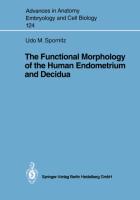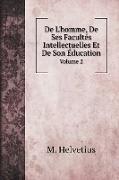- Start
- The Functional Morphology of the Human Endometrium and Decidua
The Functional Morphology of the Human Endometrium and Decidua
Angebote / Angebote:
1. 1 Historical Perspective In the nineteenth century, knowledge of the events leading to ovulation, fertilization, and implantation was very limited, so much so that Seiler (1832), in his book The Uterus and the Human Egg, wrote: ". . . in the left ovary the first signs of fertilization, namely a Graaf vesicle could be seen. The right ovary shows proof of a second successful copulation: a fresh scar from the ovulated egg and the beginning of a corpus luteum. " In fact all nineteenth century authors strictly divide the female cycle into two phases: the menstrual period and the intermenstruum (ct. Hitschmann and Adler 1908). The generally accepted histology of the endometrium in those days was that of the late proliferative phase. Deviations from this were considered to be pathological (Von Ebner 1902). As Gebhard (1899) expressly put it: "As a rule, it can be said that in the mature woman the endometrial glands run straight, an irregular course of the glands is to be regarded as pathological. " The same author describes the changes occurring during the secretory phase of the cycle as "endometritis glandularis" which he believed to arise from a local nutritional disturbance. The uterine stroma was believed to be lymphoid (Toldt 1877), and the uterine glands were compared to the crypts of Lieberkiihn (Von Ebner 1902).
Folgt in ca. 5 Arbeitstagen




